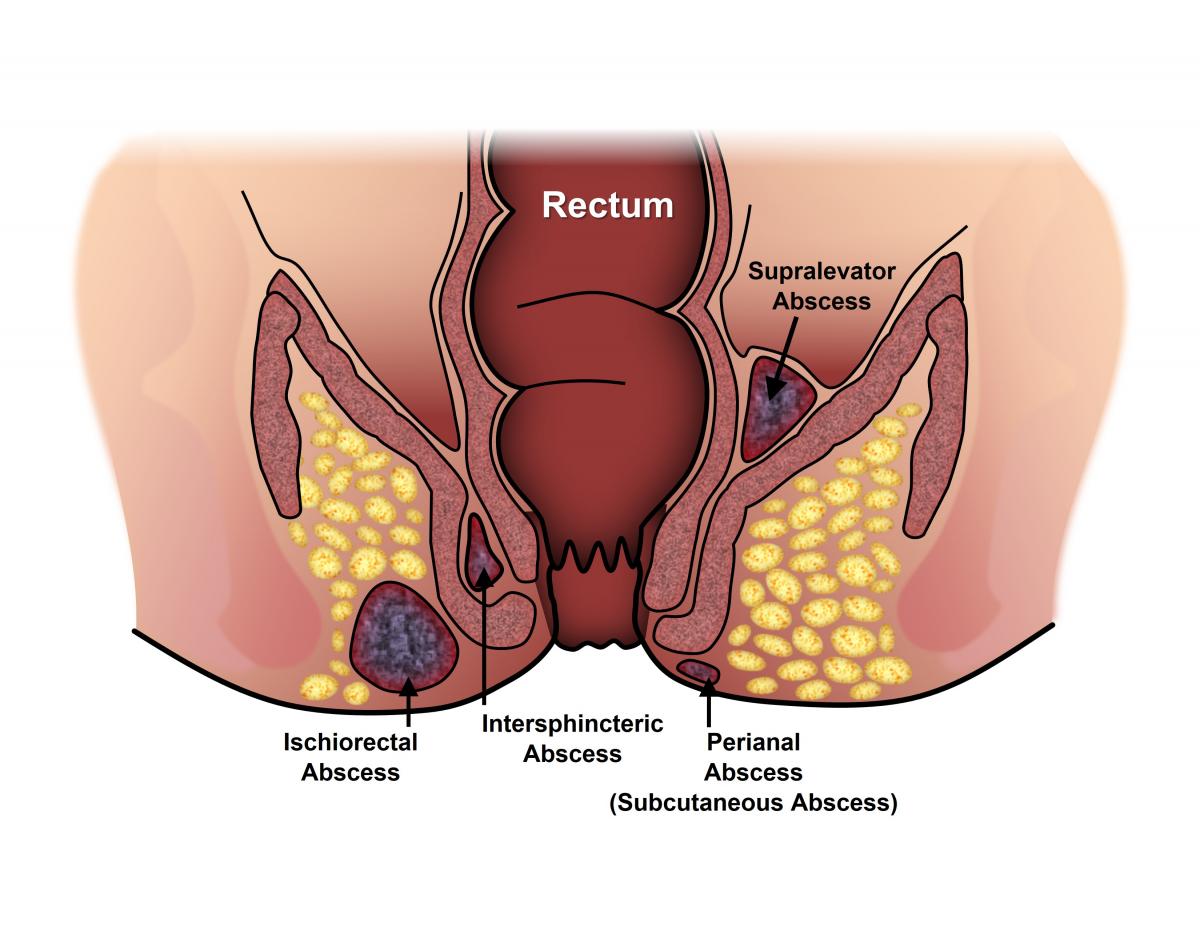Fistulopasty

In Dr. Anil Patel’s kidney clinic, fistuloplasty may be performed as a minimally invasive procedure to address stenosis or narrowing in arteriovenous fistulas (AVFs) or arteriovenous grafts (AVGs) used for hemodialysis access. Here’s how fistuloplasty might be handled in his clinic:
Patient Evaluation and Selection: Patients with AVF or AVG dysfunction, such as inadequate blood flow or difficulty with hemodialysis, undergo evaluation by Dr. Patel to determine the appropriateness of fistuloplasty. This assessment may include clinical examination, vascular ultrasound, or other imaging studies to identify stenotic lesions and assess fistula function.
Procedure Planning: Based on the findings of the evaluation, Dr. Patel plans the fistuloplasty procedure, including the selection of appropriate catheters, balloons, and other equipment. He discusses the procedure with the patient, explaining the purpose, potential benefits, and risks involved.
Fistuloplasty Procedure: Fistuloplasty is typically performed in an interventional radiology suite or catheterization laboratory. Under local anesthesia and conscious sedation, a catheter is inserted into the stenotic segment of the AVF or AVG under fluoroscopic guidance. A balloon catheter is then advanced to the site of stenosis and inflated to dilate the narrowed area, restoring blood flow through the fistula or graft.
Post-procedure Care: After fistuloplasty, patients are monitored closely for several hours to ensure hemostasis and assess for any immediate complications. Dr. Patel provides instructions for post-procedure care, including activity restrictions, wound care, and management of any discomfort or minor bleeding at the access site.
Follow-up Evaluation: Following fistuloplasty, Dr. Patel arranges for follow-up evaluation to assess the success of the procedure and monitor for recurrence of stenosis or other complications. This may involve clinical examination, vascular ultrasound, or other imaging studies to evaluate fistula patency and function.
Patient Education: Dr. Patel educates patients about the importance of vascular access maintenance and the signs and symptoms of AVF or AVG dysfunction that may warrant further evaluation or intervention. Patients are encouraged to adhere to prescribed medications, dietary recommendations, and lifestyle modifications to optimize vascular access function and overall kidney health.
Multidisciplinary Collaboration: Fistuloplasty involves collaboration among various healthcare professionals, including nephrologists, interventional radiologists, vascular surgeons, dialysis nurses, and dialysis technicians. Dr. Patel coordinates care with these team members to ensure comprehensive management and optimal outcomes for patients undergoing fistuloplasty.
Overall, fistuloplasty in Dr. Anil Patel’s kidney clinic is a safe and effective procedure aimed at restoring blood flow through stenotic AVFs or AVGs, thereby improving vascular access function and facilitating successful hemodialysis treatment for patients with end-stage kidney disease.
